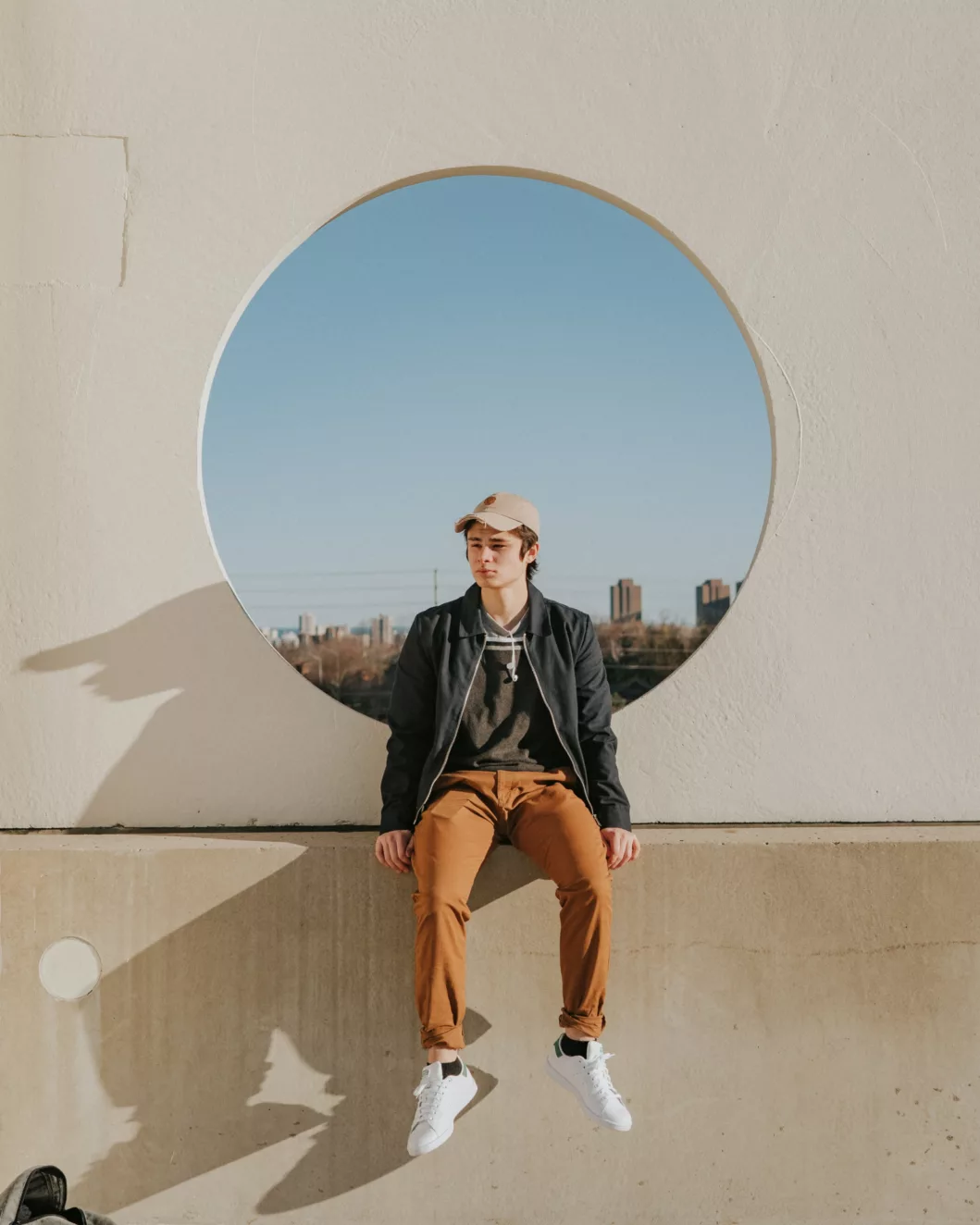In today’s digital landscape, design is evolving at a rapid pace, driven by modern tools that empower creatives to produce more, collaborate seamlessly, and push the boundaries of innovation. As designers explore new platforms and embrace AI-powered solutions, the creative process has transformed, making it faster, more efficient, and more versatile than ever before. From image generation to music composition, modern tooling is enabling designers to approach their work with a fresh perspective.
Here’s a look at how emerging tools are reshaping the design process and what the future of modern tooling looks like.
1. AI-Powered Image Creation with Dzine.ai
Artificial intelligence has taken center stage in the design world, opening doors to a new way of creating visuals. One tool that’s pushing the envelope is Dzine.ai, an AI-powered platform that generates multiple images and variations. This is particularly useful for designers who want to experiment with different styles, layouts, or concepts quickly, without investing hours into each iteration.
Dzine.ai allows creatives to brainstorm visually, offering a range of options that can inspire new ideas or refine an existing concept. In the past, a designer might have needed several rounds of manual adjustments to explore different ideas. Now, AI can automate this process, making it possible to visualize multiple variations in moments. As design moves forward, AI-driven tools like Dzine.ai will continue to streamline the creative process, giving designers more time to focus on the strategic and narrative elements of their work.
2. Crafting Music with Suno: AI Meets Sound Design
The crossover between design and other creative fields, like music, has also gained traction in the modern tooling landscape. Platforms like Suno bring AI into the music space, allowing designers to integrate sound into their projects with ease. Whether it’s creating background music for a presentation, setting the tone for a brand, or producing a custom soundtrack for a visual project, Suno makes it possible to generate unique music quickly and creatively.
The ability to compose music using AI adds a new layer to the design process, enhancing multimedia presentations and enriching brand experiences. With Suno, designers can experiment with different moods and tones, giving them full control over the auditory dimension of their projects. This combination of visual and audio design enables creatives to deliver more immersive and cohesive experiences to audiences.
3. Versatile Design Creation and Collaboration with Canva
For many, Canva has become a staple in the design toolkit, especially for creating, sharing, and collaborating on design documents. Its intuitive interface makes it accessible to designers and non-designers alike, making it ideal for teams working together on projects. With Canva, teams can create visually appealing presentations, social media graphics, and branded documents that maintain a consistent look and feel.
Canva’s collaborative features simplify the feedback and approval process, allowing teams to work on the same design in real-time and make instant adjustments. This is particularly helpful in today’s remote work environment, where collaboration happens digitally. As Canva continues to expand its capabilities, it’s becoming a go-to platform for a range of design needs, from quick social posts to detailed presentations.
4. Presentation Excellence with Gamma
Creating compelling presentations has also evolved, thanks to tools like Gamma, which provides a fresh approach to building decks. Designed for a modern workflow, Gamma combines the polish of a traditional presentation with the flexibility of digital design tools, allowing users to craft dynamic, interactive presentations that engage viewers more effectively.
Gamma’s templates and easy-to-use features make it accessible for creating visually stunning decks without the need for extensive design experience. For designers, Gamma opens up opportunities to build presentations that convey their vision with clarity and impact. Whether it’s for client meetings or internal discussions, Gamma’s emphasis on visual storytelling aligns with the growing demand for presentations that captivate and inform.
5. Seamless Collaboration with Google’s Worksuite
Google’s Worksuite—encompassing Docs, Sheets, Slides, and more—remains a powerful ally for teams managing design documentation, feedback, and project organization. The cloud-based platform allows for real-time collaboration, making it easy for multiple team members to contribute, review, and refine documents in a single shared space.
For designers, Worksuite provides an essential infrastructure for project planning, task delegation, and communication. Its flexibility means that teams can organize everything from briefings to content plans in one


place, ensuring that every project has a clear roadmap. Google’s suite integrates smoothly with other tools like Canva, allowing for a seamless transition between design ideation and documentation.
6. What the Future Holds for Design Tooling
As modern tooling continues to evolve, we’re seeing a shift toward a more integrated, AI-powered design ecosystem. The future promises even more sophisticated tools that can assist with everything from generating creative concepts to providing real-time analytics on design effectiveness. This integration will allow designers to focus on what matters most: storytelling, innovation, and crafting experiences that resonate.
Looking ahead, we can expect AI to play a larger role in predicting design trends, offering personalized recommendations based on audience preferences, and even automating parts of the design process that are currently manual. Tools will likely become more interconnected, creating a streamlined workflow where design, collaboration, and feedback coexist seamlessly.
The wonders of modern tooling are just beginning to unfold. As AI, automation, and cloud-based collaboration continue to advance, designers will have the opportunity to explore new creative possibilities, enhance productivity, and build experiences that are more impactful than ever. For those of us in the design field, these tools are not just conveniences—they’re catalysts for growth, innovation, and storytelling excellence in an increasingly digital world.m primis in faucibus orci luctus et ultrices posuere cubilia curae; Vestibulum quis ligula tempor, consectetur urna et,



